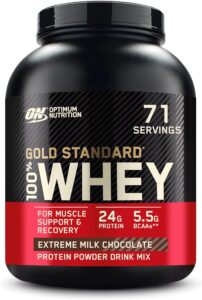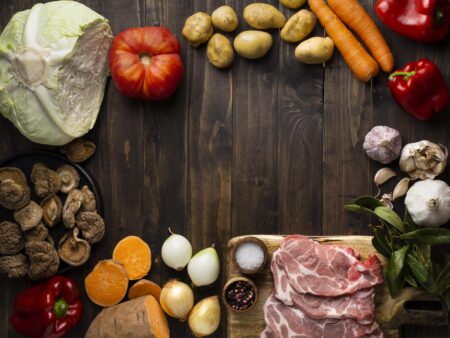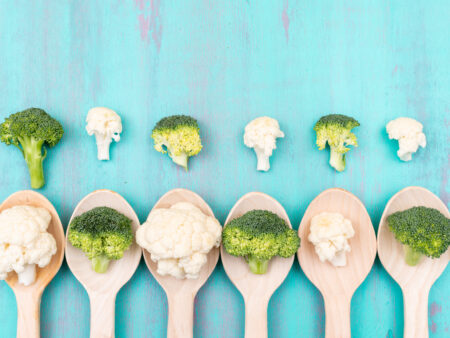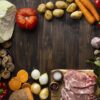
The ketogenic (keto) diet has surged in popularity over recent years, heralded for its potential to promote rapid weight loss and improve certain health conditions. This article will delve into the keto diet, its principles, benefits, potential drawbacks, and practical tips for those interested in trying it.
What is the Keto Diet?
The keto diet is a high-fat, moderate-protein, and very low-carbohydrate diet designed to shift the body’s metabolism from burning carbohydrates for energy to burning fats, a state known as ketosis. Typically, the diet consists of 70-75% fats, 20-25% proteins, and 5-10% carbohydrates.
The Science Behind Ketosis
Ketosis occurs when the body’s carbohydrate intake is significantly reduced, causing the liver to convert fat into ketones, which become the primary energy source. This metabolic state mimics fasting and provides a steady energy supply to the brain and other organs.
Benefits of the Keto Diet
Weight Loss
One of the main reasons people turn to the keto diet is its effectiveness in weight loss. By reducing carbohydrate intake, the body starts burning fat for energy, leading to a reduction in body fat. For example, a study published in the Journal of Clinical Endocrinology & Metabolism found that participants on a keto diet lost more weight over 24 weeks than those on a low-fat diet.
Improved Blood Sugar Control
The keto diet can be particularly beneficial for individuals with type 2 diabetes or insulin resistance. By minimizing carb intake, blood sugar levels can stabilize. A case study in the American Journal of Clinical Nutrition highlighted a patient who significantly reduced his insulin dosage and achieved better blood sugar control after three months on a keto diet.
Enhanced Mental Clarity and Focus
Ketones are a more efficient energy source for the brain than glucose, leading to improved mental clarity and focus. Many keto dieters report heightened cognitive performance and reduced brain fog.
Potential Drawbacks of the Keto Diet
Keto Flu
Transitioning into ketosis can cause a set of temporary symptoms known as “keto flu,” including headache, fatigue, dizziness, nausea, and irritability. This happens as the body adjusts to a new energy source. Hydration and electrolyte balance can alleviate these symptoms.
Nutrient Deficiency
A strict keto diet can lead to deficiencies in essential nutrients typically obtained from carbohydrate-rich foods. For example, fruits, vegetables, and whole grains are primary sources of fiber, vitamins, and minerals. Supplementation and mindful food choices are necessary to avoid deficiencies.
Digestive Issues
The lack of fiber in a keto diet can cause constipation and other digestive problems. Incorporating high-fiber, low-carb vegetables like broccoli and spinach can help maintain digestive health.
Foods to Eat on a Keto Diet
To achieve and maintain ketosis, it’s crucial to adhere to the dietary guidelines strictly. Here are some food options:
Proteins
Meat: Beef, pork, lamb, and poultry (chicken, turkey)
Fish: Salmon, trout, tuna, and mackerel
Eggs: Free-range or organic if possible
Fats and Oils
Healthy oils: Olive oil, coconut oil, avocado oil
Nuts and seeds: Almonds, walnuts, chia seeds, flaxseeds
Dairy: Cheese, butter, heavy cream
Low-Carb Vegetables
Leafy greens: Spinach, kale, Swiss chard
Cruciferous vegetables: Broccoli, cauliflower, Brussels sprouts
Others: Zucchini, bell peppers, asparagus
Beverages
Water: Essential for hydration and health
Coffee and tea: Unsweetened and without milk (heavy cream is allowed)
Bone broth: Great for electrolytes
Foods to Avoid on a Keto Diet
Avoiding high-carb foods is essential to maintain ketosis. Here are some foods to steer clear of:
Sugary Foods
Soda, candy, sweets, and desserts
Fruit juices and sweetened beverages
Grains and Starches
Bread, pasta, rice, and cereal
Potatoes, sweet potatoes, and corn
High-Carb Fruits
Bananas, apples, oranges, and grapes
Dried fruits like raisins and dates
Legumes
Beans, lentils, chickpeas, and peas
Sample Keto Meal Plan
To help visualize a typical day on a keto diet, here’s a sample meal plan:
Breakfast
Scrambled eggs cooked in butter with spinach and mushrooms
A side of avocado slices
Black coffee or tea
Lunch
Grilled chicken salad with mixed greens, cherry tomatoes, and a dressing of olive oil and vinegar
A handful of nuts
Snack
Cheese sticks or a small portion of full-fat Greek yogurt
Dinner
Baked salmon with a side of roasted broccoli and cauliflower
Mixed green salad with avocado and olive oil dressing
Tips for Success on the Keto Diet
Plan Your Meals
Planning is key to staying on track with a keto diet. Prepare your meals in advance to ensure you have keto-friendly options readily available.
Stay Hydrated
Drinking plenty of water is crucial, especially during the initial phase of the diet. Adequate hydration can help reduce the symptoms of the keto flu.
Monitor Your Macros
Tracking your macronutrient intake can help ensure you’re staying within the recommended ranges. Apps like MyFitnessPal or Cronometer can be helpful.
Be Mindful of Electrolytes
Since the keto diet can cause a reduction in electrolytes, ensure you’re getting enough sodium, potassium, and magnesium. This can be achieved through diet or supplements.
Frequently Asked Questions
Is the Keto Diet Safe for Everyone?
The keto diet can be safe for most people when done correctly, but it may not be suitable for everyone. Individuals with certain medical conditions, such as pancreatitis, liver disease, or lipid disorders, should consult their healthcare provider before starting the diet.
How Long Does It Take to Enter Ketosis?
It typically takes 2-4 days to enter ketosis if you consume fewer than 50 grams of carbs per day. However, this can vary based on individual metabolism and activity level.
Can You Build Muscle on a Keto Diet?
Yes, it is possible to build muscle on a keto diet. Adequate protein intake and resistance training are key factors. Some athletes use a targeted keto diet (TKD) or cyclical keto diet (CKD) to optimize performance and muscle growth.
What are Some Common Mistakes on the Keto Diet?
Common mistakes include consuming too many carbs, not eating enough fats, neglecting hydration, and not replenishing electrolytes. Tracking food intake and staying informed about keto-friendly foods can help avoid these pitfalls.
The ketogenic diet offers a unique approach to weight loss and health improvement by altering the body’s metabolism to burn fats instead of carbohydrates. While it has several benefits, including weight loss, improved blood sugar control, and enhanced mental clarity, it also comes with potential drawbacks such as the keto flu and nutrient deficiencies. By understanding the principles of the diet, making informed food choices, and planning meals, individuals can successfully navigate the keto lifestyle and achieve their health goals. Always consult a healthcare professional before making significant changes to your diet, especially if you have underlying health conditions.










